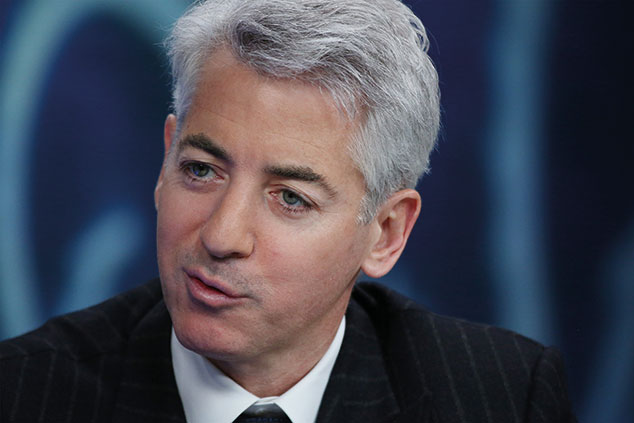
Hedge funds have existed for many decades, but it was in the late 1990s and the early years of the new millennium that they first attracted popular attention. Stripped bare, hedge funds are just flexible investment funds that seek to provide consistent long-term returns while protecting their investors from the volatility of financial markets. The popular perception, however, is far more alluring.
Hedge funds, operating from discreet offices in Mayfair, Geneva and Manhattan, promoted themselves as exclusive investment clubs taking financial innovation to the limit. They made use of financial instruments and strategies such as futures, options and short-selling (betting on a price decline by borrowing an asset and selling it in the hope of buying it back more cheaply later). They jumped between equities, bonds, currencies, commodities and assets – such as carbon permits – beyond the horizon of conventional investors. And by swinging from heavy borrowing to accumulating piles of cash, from “net long” to “net short”, they opened up new dimensions of investment.
Returns from the successful funds (the only ones you heard about) were spectacular, apparently justifying the huge fees, conventionally “two & 20”, a 2% annual management fee and a 20% levy on all gains. Private banks, endowment funds and the rich queued up to invest, with the hoi polloi excluded by high minimum investments and their being open only to “sophisticated” investors, given that they operated offshore and outside financial-market regulations. This added to their mystique.
Hedge funds rely on luck, not skill
Returns in the early years were helped by three factors. Managers used aggressive gearing (borrowing to invest) to enhance returns; a limited pool of capital was chasing a much-expanded universe of investment opportunities; and hedge funds avoided the millennium bubble in the technology, media and telecommunication sectors. They invested instead in value stocks and thus sidestepped the 2000-2003 market slump.
As the returns rolled in, assets and the number of funds kept growing. New managers, eager for the lucrative fees, cast their nets wider to haul in investors. Pension funds, happy to sacrifice market returns in the good years for downside protection in the bad ones, piled in. Investment trusts managed by hedge fund “masters of the universe” were floated on the stockmarket to allow “unsophisticated” investors in. But when exclusive clubs for the rich open their doors to all passers-by, it’s best to walk past quickly. Funds found it increasingly difficult to generate positive returns while avoiding losses as a growing amount of capital chased after a fixed amount of market inefficiency. The composite index of performance compiled by Hedge Fund Research has underperformed the S&P500 Index for ten years in a row, with respective average annual returns of 4.2% and 13.7%.
Hedge funds can give pedestrian returns
The ranks of listed hedge funds have now thinned drastically and the remaining funds have all shrunk. The performance of Bill Ackman’s £4bn Pershing Square has rebounded impressively, but it is now an activist equity fund rather than a hedge fund, with no short positions. The chief attraction of Third Point is its 23% discount to net asset value, as its five-year return is only 9%, including the benefit of sterling’s drop in 2016.
Hedge-fund managers have been proficient at turning their clients’ money into their own. Mark Dampier of Hargreaves Lansdown describes them as “glorified gambling funds that take absurd performance fees from investors when they occasionally do well, and then close when the going gets tough”. Steer well clear: only the managers get rich.